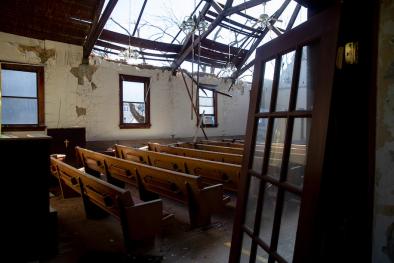Science Source
Projected increase in lightning strikes in the United States due to global warming
- States that lightning plays an important role in atmospheric chemistry and in the initiation of wildfires, but the impact of global warming on lightning rates is poorly constrained
- Proposes that the lightning flash rate is proportional to the convective available potential energy (CAPE) times the precipitation rate
- Uses observations to show that the product of CAPE and precipitation explains 77% of the variance in the time series of total cloud-to-ground lightning flashes over the contiguous United States (CONUS)
- Finds that storms convert CAPE times precipitated water mass to discharged lightning energy with an efficiency of 1%
- Finds that when this proxy is applied to 11 climate models, CONUS lightning strikes are predicted to increase 12 ± 5% per degree Celsius of global warming and about 50% over this century
Related Content
Headline

Jun 30, 2022 | Washington Post
Hints of a derecho-climate change link, ten years after 2012 storm
Science Source
| Nature Climate Change
The intensification of winter mid-latitude storm tracks in the Southern Hemisphere
Rei Chemke, Yi Ming & Janni Yuval
Headline
Apr 20, 2022 | KDKA-TV CBS 2
Earth 365: Is Climate Change Causing More Severe Weather In Pittsburgh?
Headline

Feb 7, 2022 | Climate Nexus Hot News
Tropical Cyclone Batsirai Pummels Madagascar


